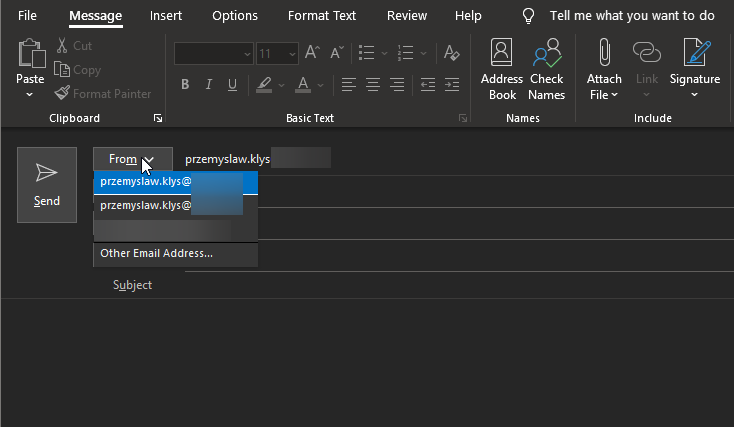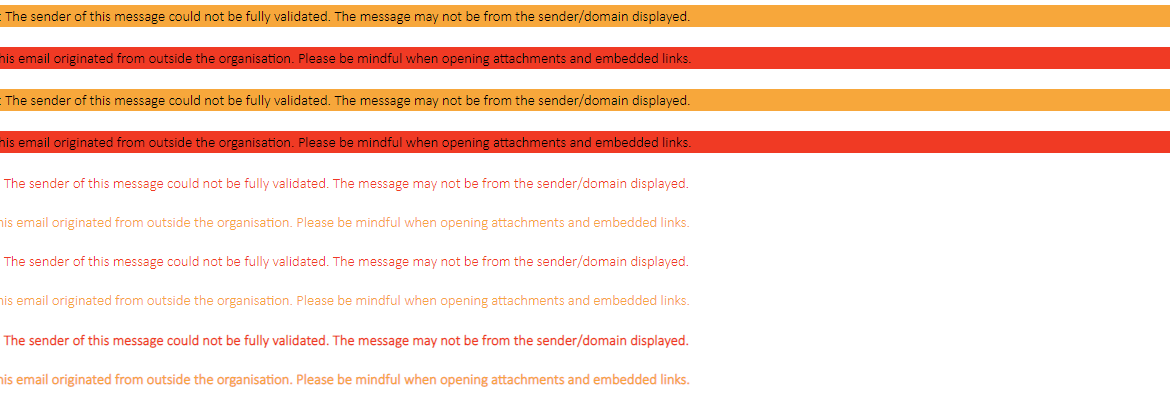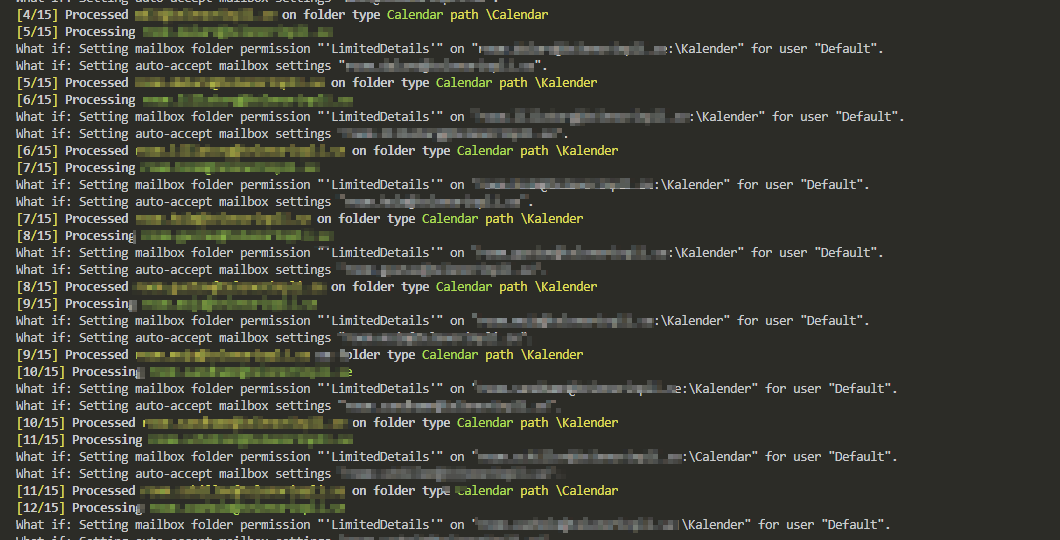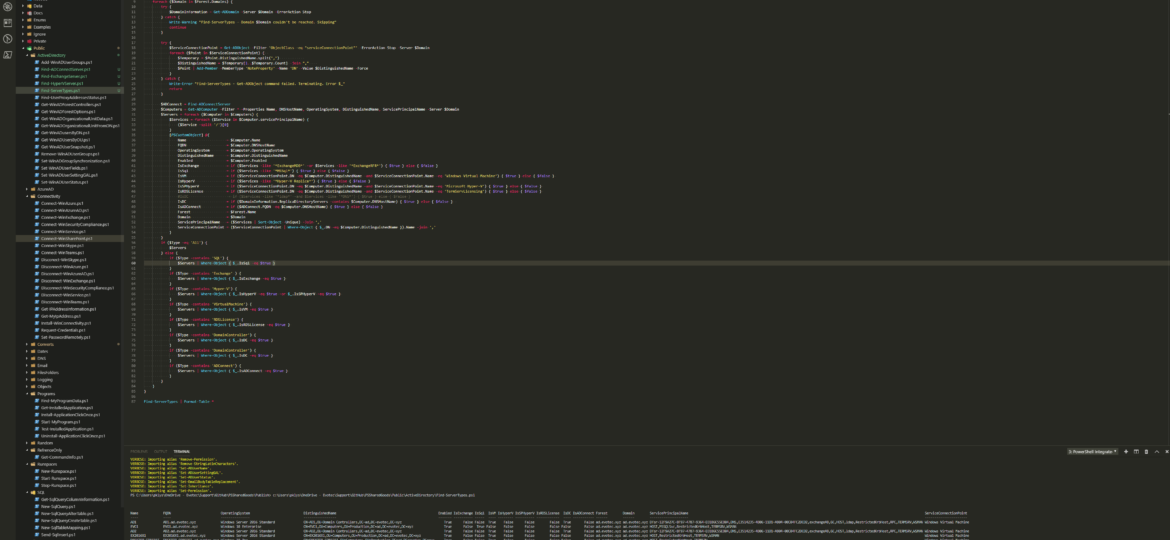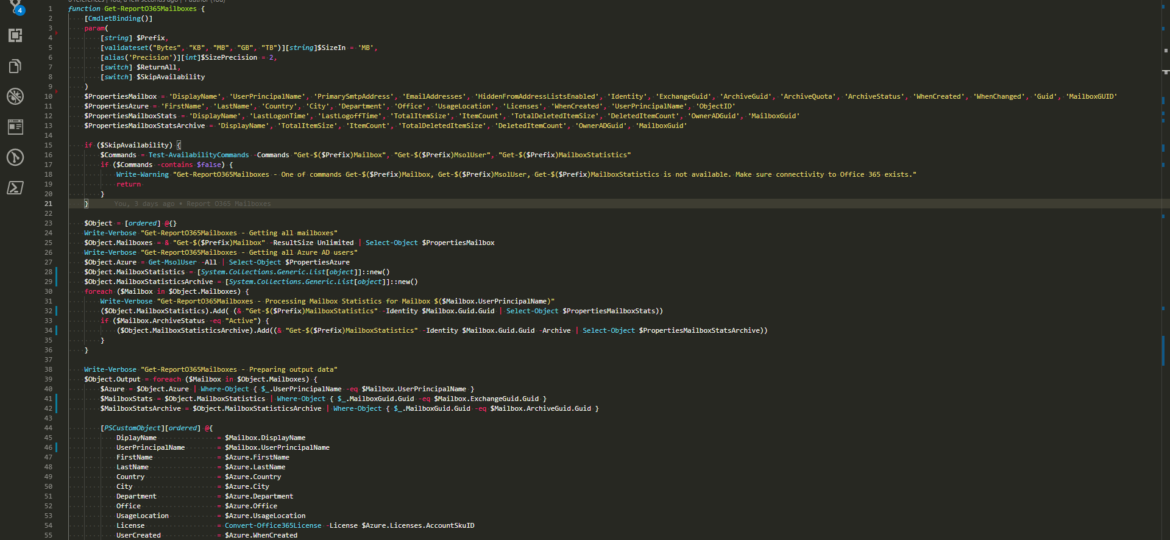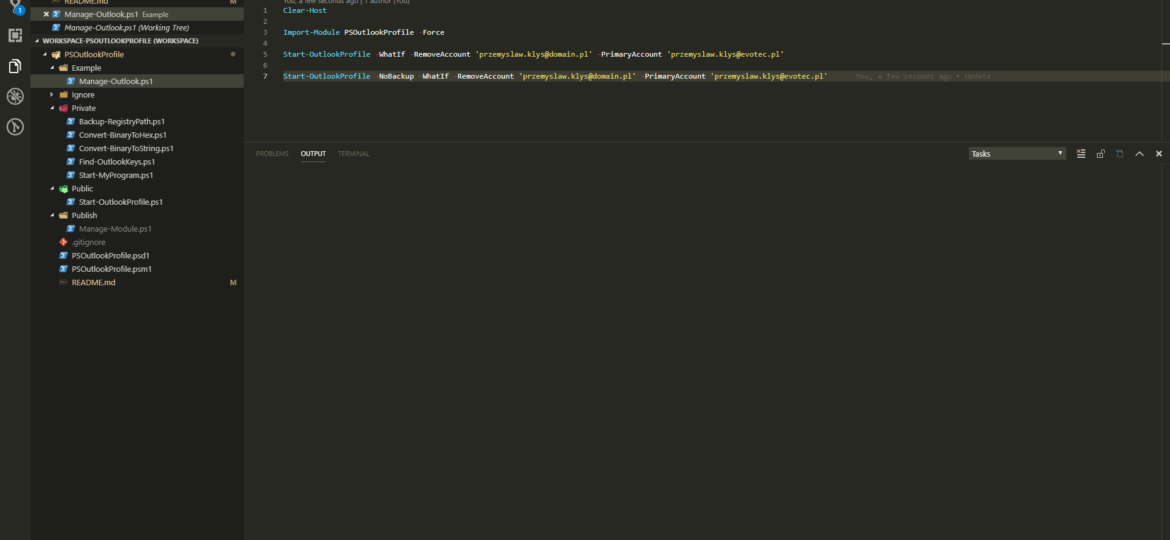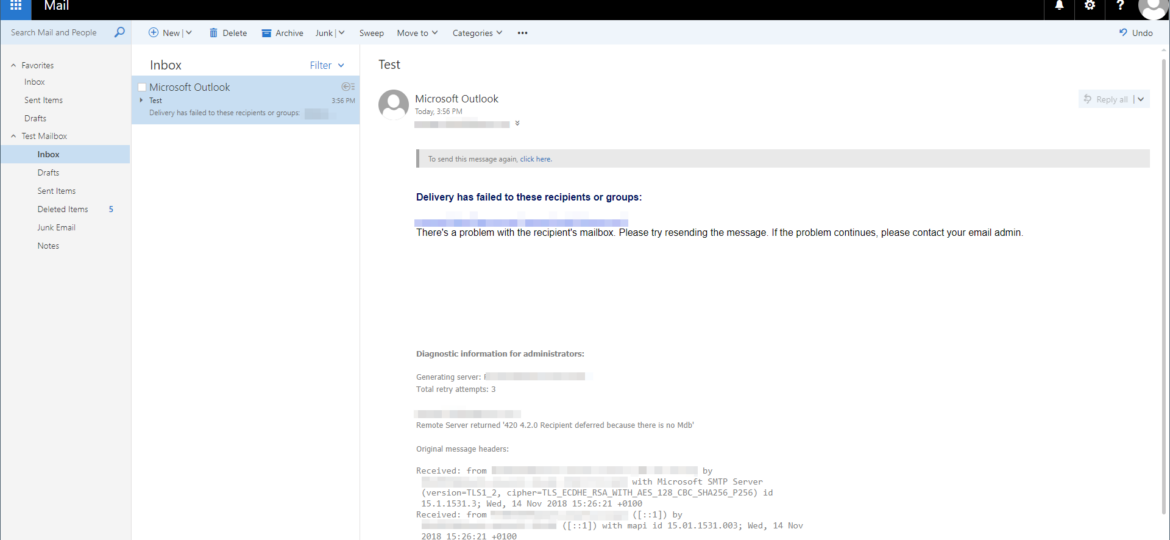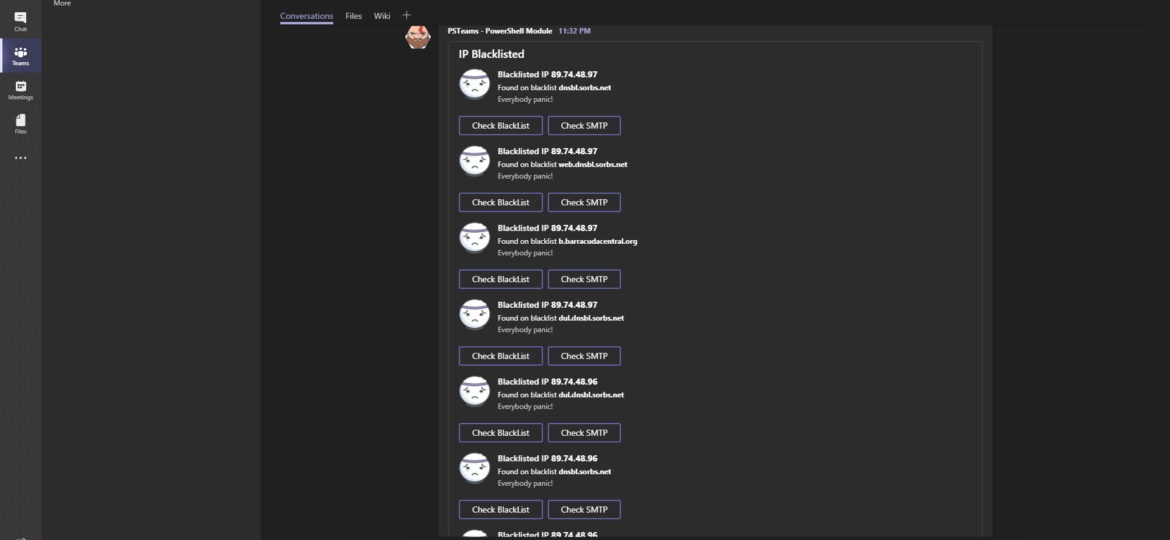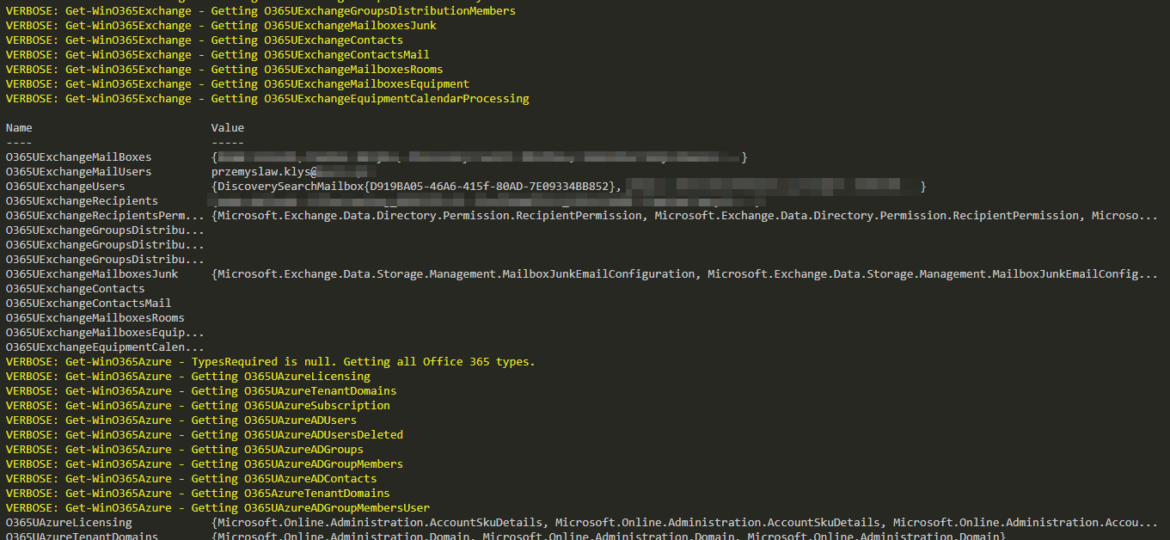Hey there! Today, I wanted to introduce you to one of the small but excellent module I’ve created called the O365Synchronizer. This module focuses on synchronizing contacts and users. If you’ve ever been tasked with synchronizing Global Address Lists (GAL) across different Office 365 tenants or just wanted to sync GAL with user mailboxes so they can access contacts directly on their phones, this tool is for you.
exchange
Sending emails in Microsoft Exchange world using an alias for an account has always been a pain. It required working with workarounds such as setting up Shared Mailbox or Distribution Groups and using SendAs permissions. For years admins around the world were asking Microsoft to change this, and finally, in April 2021, they did! It’s a new feature of Office 365, and it requires action from Office 365 Administrator.
I’ve been managing mail service for users for a lot of years now. I don’t do it daily but I’ve spent my fair share of time analyzing spam emails. Mail vendors are doing what they can fighting spam, but it’s not easy. Each month, each year spam is getting more sophisticated. Spam emails either look like a legit email, or worse someone is targeting your company trying to get them to transfer money into a wrong account. While most of those end up in spam, there are those that come thru. It’s even worse if the company you work with has not implemented SPF or their SPF is configured to soft fail which can’t be treated as spam.
One of the tasks I often get when setting up new Office 365 tenant or installing Exchange Servers is to change the visibility of Room Mailboxes or in some cases even standard users. There’s nothing hard about it, and there are plenty of articles about it. It’s just three simple steps.
Working as a freelancer is a great thing if you can handle it. Each day, each week something new happens and a new problem shows up on my doorstep. It also means it’s almost never boring at your job and you get to play with new stuff. But there’s one drawback to this. You’re often thrown at the problem, told to fix it but often that’s about as much information as you get. It wasn’t very different today. I was told to switch Office 365 from ADFS to Password Synchronization. While reasons for this are not really important, the important question here is what is the name of AD Connect server that’s responsible for this configuration?
Working with Office 365 is my bread and butter in the last few months. I’m a System Architect and I am dropped in multiple projects, both new and old, to fix certain aspect and get out before anyone sees me. One of the common tasks I get is to provide some data about users stored in Office 365.
23 Nov: Outlook – The primary account cannot be removed unless it is the only account in the profile
Last few months I’m responsible for the migration of Office 365 to Office 365. While doing so, we came into a situation where users have their old mailbox as Primary Account and new Mailbox as their secondary account. This is a quite common scenario that people are running into and something that is expected. Usually, my recommendation is: Please create a new profile for user and topic is closed. It’s also quite easy to achieve this in an automated way where you delete all profiles and Outlook just goes with autodiscovery adding new account as required. That’s how I have always done this till now. My Client has gone thru setting up 1000+ users with their second account in Outlook and deleting a whole profile, recreating would cause lots of downloading of emails from Office 365 that my Client wanted to avoid.
Last few weeks I’m responsible for migrating from Office 365 to Office 365. Part of this migration process is to set up new Exchange 2016 server that will work as relay instead of using IIS server. I’ve setup hybrid, added accepted domains, prepared connectors, but there’s one thing missing. Any time an email is sent via relay to a user that exists on Office 365 and at the same time exists in Active Directory email never gets there.
Today I’m pushing forward with PSWinDocumentation project. I’ve fixed some bugs but I also added a couple of new features. I did lie a bit in the first sentence because this time it’s not all me. I got help from Mateusz Niemczyk who is a certified AWS engineer working for Euvic with me on some projects. If you’ve not yet guessed where I got him involved from the introduction – yes we’re adding basic AWS data support to PSWinDocumentation. But that’s not all…


